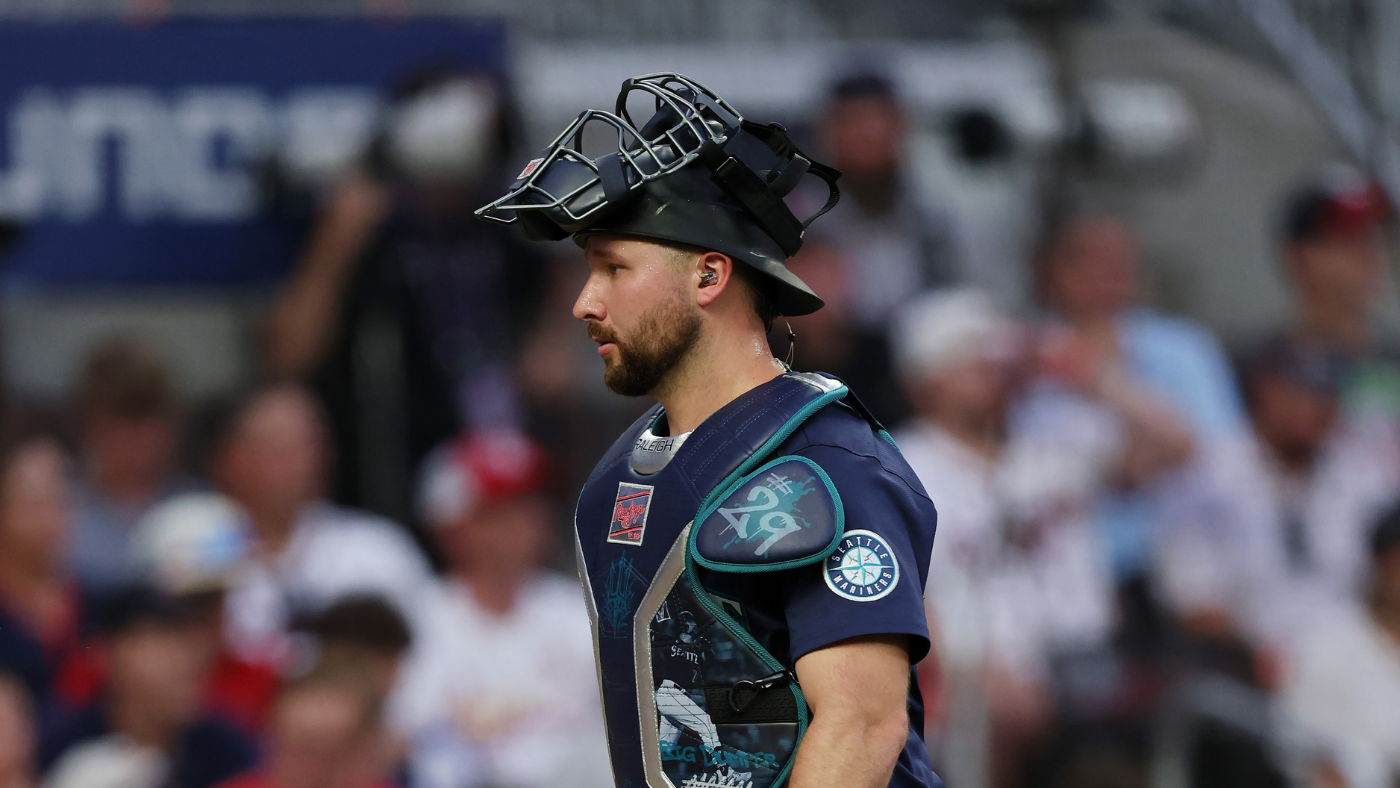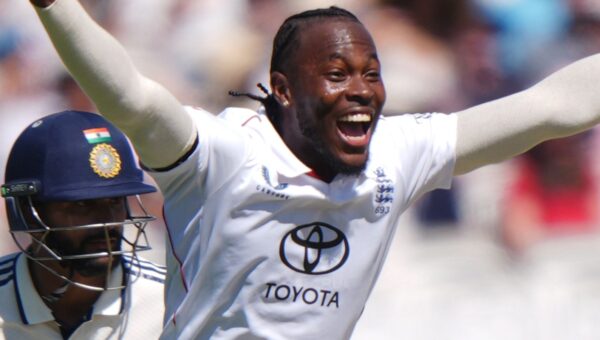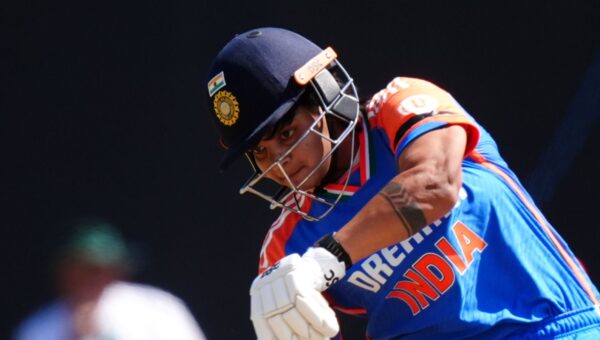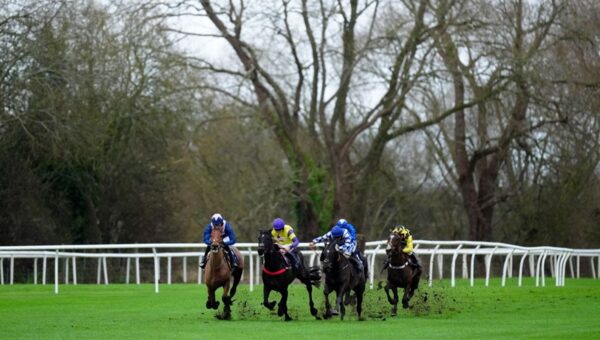MLB All-Star Game illustrates how good — and easy! — the ABS challenge system can be

Atlanta – The ABS system was used for the first time in an MLB All-Star match on Tuesday and it worked wonderfully, hopefully, illustrated all the opponents how good this system is for the game.
The Tigers Ace Tarik Skubal had immediate troubles at the end of the first round, allowing two points to score and face a runner in second position. A 0-2 throw to Manny Machado cut the bottom of the striking area, but was called a bullet by the marble referee Dan Iassogna. The American league recipient Cal Raleigh immediately hit his head, reporting a challenge.
At the sign of Raleigh, a graph of the place where the terrain crossed the striking area appeared on the dashboard and informed everyone that it was, in fact, a strike. The call was overthrown and Machado was called for examining the third strike. It may have added 15 seconds to the game, Max.
When people refer to this as “robot umps”, I have the impression that there is a negative connotation charged in this sentence which should really not be there.
The ABS system is, of course, the automated ball system. It is a system that allows strikers, launchers or sensors to challenge bullets and strikes. The challenges have been capped and they have been doing it in minor leagues for years. Major League Baseball used it during spring training and my intuition is that it will be implemented for next season (Commissioner Rob Manfred has already said He will offer it for 2026).
My answer? GOOD.
Complaints tend to come from people who do not understand the system and who think that “robot umps” means that each call of the ball ball ball will occur via the machine. You will hear people talking about how “the human element” and how we don’t have to review everything.
We don’t do that at all! Look at the highest point above. Discover the rest of the star game. There is still a human arbiter who makes the calls behind marble. The challenges are limited and can only be used twice per game by each team.
The dashboard even had those listed next to the errors.
This does not take a full minute as the proofreading exam can on outside / safe calls. This is not a situation where a manager is on the phone to see if the team’s video person thinks he should challenge a call, then relay his decision to the referees who then go up on the phone with other referees fixing the screens. It is an immediate call from one of the parties involved, as was the case with Raleigh. We cannot say that there is no delay, but it is only an incredibly small break which can happen a few times per game.
Apparently, whenever a player is asked about ABS, he preaches the idea of loving the human element of baseball. This system keeps it while giving an option to replace some bad calls by play.
What is there not to love? Errors are corrected with very little noise or delay. The recipient of the renowned temple Joe Mauer is all about and told me so much.
“The referees are human. They lack calls as we miss games, so they try to do their best to make the right call,” Mauer said to CBS Sports last month. “If we can implement this system and be effective with it and improve the game, then I’m certainly everything for that.”
It is the other to consider by speaking of the human element. No referee wants missed calls that modify the game hanging over their heads. The referee is one of those jobs where you are only noticed for bad things. No one wants spotlight on a call from missed balls and strikes. They want to get each correct call, but if they fail to get one in a large place, there is a mechanism to repair it with ABS. It is essentially only a backup plan.
The All-Star game has proven once again how fluid and easy the ABS is. It will be good for baseball when it is fully implemented in MLB.




